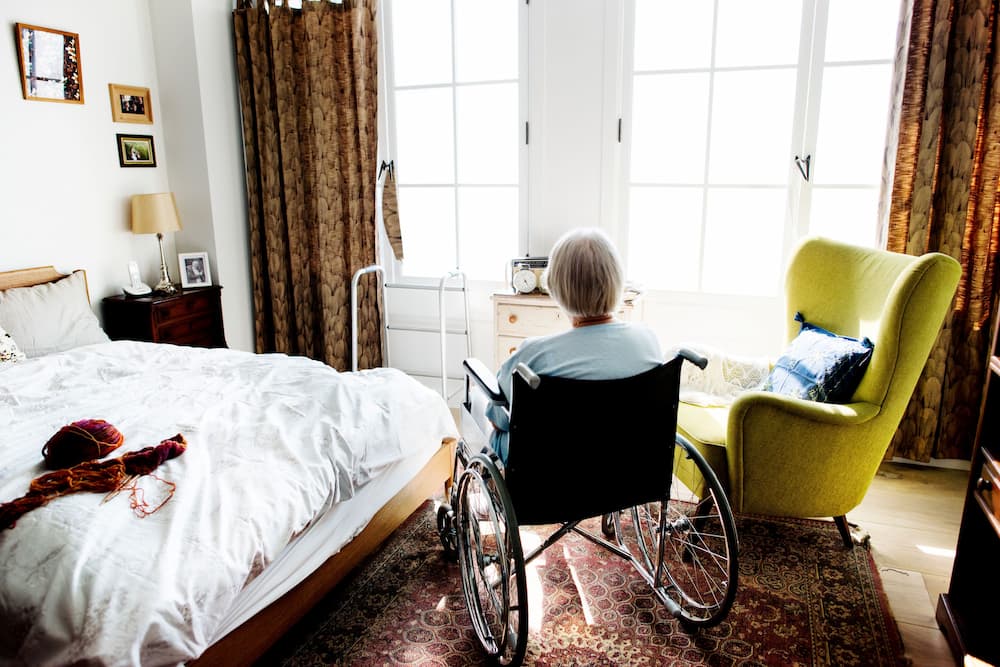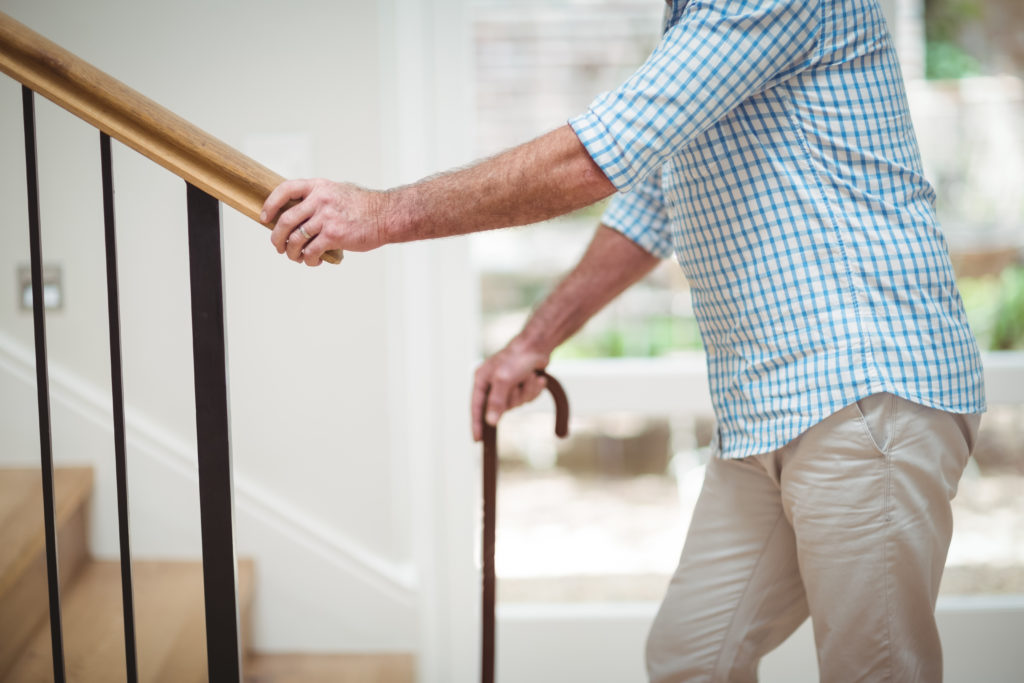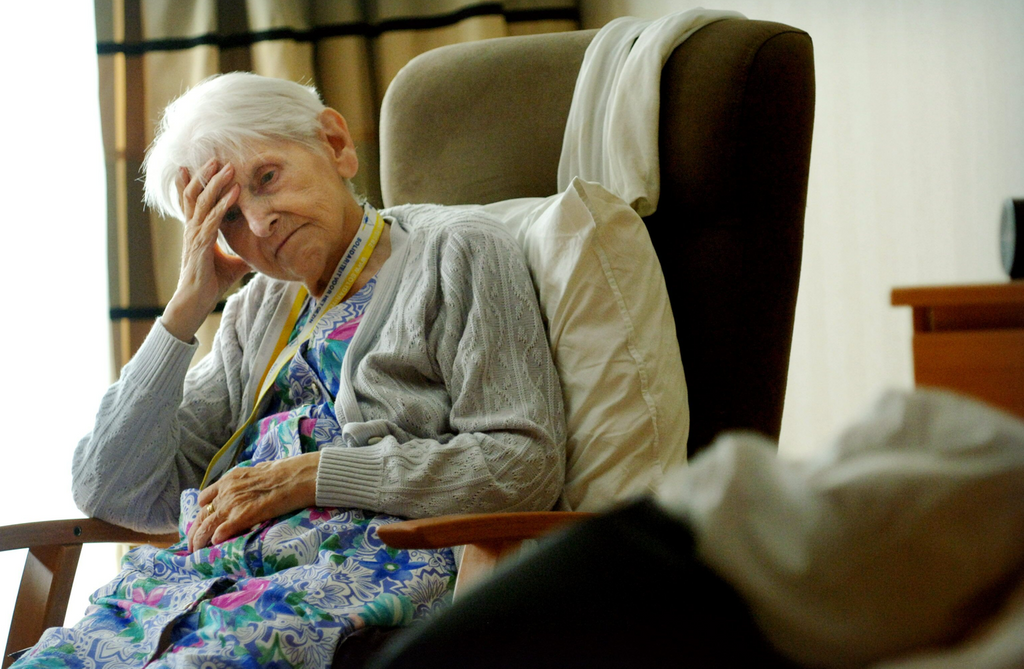As we age, the risk of falling increases significantly, posing serious health risks for the elderly population. Falls in elderly individuals are not just simple mishaps; they can lead to severe injuries, loss of independence, and even death. Understanding the health risks of falls in elderly is crucial for family caregivers, healthcare providers, and seniors themselves. By recognizing these risks, we can implement effective strategies to prevent falls and ensure a safer environment for our loved ones.

Why Are Falls More Common in the Elderly?
Several factors contribute to the increased likelihood of falls among seniors. Aging often brings changes in physical health, including reduced muscle strength, impaired balance, and deteriorating vision. Chronic medical conditions such as arthritis, diabetes, and heart disease can also affect mobility and coordination. Moreover, medications commonly prescribed to elderly individuals may have side effects like dizziness or drowsiness, further elevating the risk of falls.
The Physical Consequences of Falls
Falls can result in a range of physical injuries, some of which can be life-threatening. Hip fractures are particularly common and can lead to prolonged hospital stays and rehabilitation. In severe cases, falls can cause traumatic brain injuries or other fractures, such as those of the wrist or spine. These injuries often require extensive medical treatment and can significantly impact an individual’s quality of life.
Psychological Impact of Falls
The psychological effects of falls should not be underestimated. After experiencing a fall, seniors may develop a fear of falling again, leading to anxiety and reduced activity levels. This fear can create a vicious cycle, as decreased physical activity further weakens muscles and balance, increasing the likelihood of future falls. Addressing these psychological impacts is essential to help seniors regain confidence and maintain an active lifestyle.
Social and Economic Implications
Falls among the elderly can have broader social and economic consequences. The cost of healthcare services, rehabilitation, and long-term care can be substantial. Additionally, falls may lead to a loss of independence, requiring seniors to rely on family members or professional caregivers for daily activities. This can place a significant emotional and financial burden on families and the healthcare system.
Preventing Falls in the Elderly
Fortunately, there are steps that can be taken to reduce the risk of falls among seniors. Implementing home safety modifications, such as installing grab bars, improving lighting, and removing tripping hazards, can create a safer living environment. Encouraging regular physical activity, such as balance exercises and strength training, can also enhance stability and reduce fall risk. Additionally, regular vision checks and medication reviews can help identify and address potential risk factors.
Role of Family Caregivers
Family caregivers play a vital role in fall prevention. By providing support and encouragement, they can help seniors stay active and engaged in their daily routines. Caregivers should also educate themselves about fall risks and prevention strategies to effectively advocate for their loved ones’ safety. For more detailed strategies on preventing falls, visit the fall prevention guide from the Health in Aging Foundation.
Technological Solutions for Fall Prevention
Innovative technologies can also aid in fall prevention. Devices such as fall detection systems and medical alert devices offer real-time monitoring and immediate assistance in the event of a fall. These technologies can provide peace of mind for both seniors and their families, knowing that help is readily available if needed.
Community Support and Resources
Engaging with community resources can further assist in fall prevention efforts. Local senior centers, healthcare providers, and support groups often offer fall prevention programs and resources. Participating in these initiatives can help seniors stay informed and connected, fostering a sense of community while promoting safety and well-being.
Conclusion
The health risks of falls in elderly individuals are significant, but with awareness and proactive measures, many falls can be prevented. By understanding the causes and consequences of falls, implementing preventive strategies, and utilizing available resources, we can protect our elderly loved ones from unnecessary harm. Together, we can create a safer and more supportive environment for seniors to thrive.

FAQs
What are the common causes of falls in elderly individuals?
Common causes include weakened muscles, poor balance, vision problems, and side effects from medications. Environmental hazards like loose rugs and poor lighting also contribute to falls.
How can I make my home safer for an elderly loved one?
To make your home safer, remove clutter, use non-slip mats, install grab bars in bathrooms, and ensure adequate lighting throughout the house.
Are there exercises to help prevent falls in seniors?
Yes, exercises that improve balance and strength, such as tai chi or gentle yoga, can significantly reduce the risk of falls in seniors.
This article contains affiliate links. We may earn a commission at no extra cost to you.






